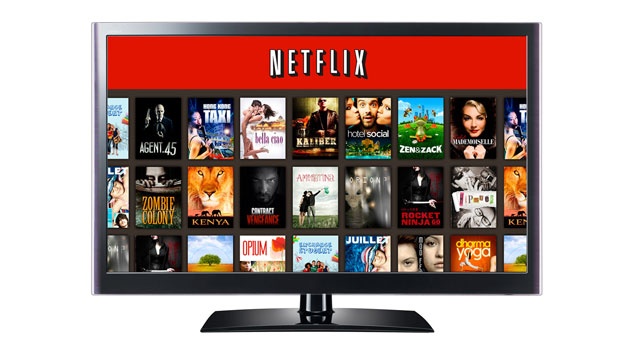 A few months ago, I argued that over-the-top (OTT) service providers — companies like Facebook and Netflix — must pay network operators for using their infrastructure to deliver services to their customers. A counter-argument has been made that subscribers are already paying operators and OTTs shouldn’t be billed, too. There is merit to this argument, but it can be taken only so far.
A few months ago, I argued that over-the-top (OTT) service providers — companies like Facebook and Netflix — must pay network operators for using their infrastructure to deliver services to their customers. A counter-argument has been made that subscribers are already paying operators and OTTs shouldn’t be billed, too. There is merit to this argument, but it can be taken only so far.
On the one hand, the number of OTT services that can be provided over the operators’ infrastructure is limitless; on the other, there is a limit to how much operators can charge their subscribers.
The downward pressure on data prices will not let up to allow operators to increase their pricing to cover the required investment to support the ever-increasing demand for OTT services. It will be very difficult for any regulator to support an increase in data prices, as demonstrated in Europe when operators there lobbied for price relief and a favourable regime for terminating calls between operators and OTT service providers. The consequence is that there will always be a shortfall between the investment that the operators need to make in their networks to support the ever-expanding demand for OTT services and the revenues they make from data.
The consequence of this set of circumstances is that operators then limit the number of OTT services that can be provided over their networks, which slows innovation and progress, as is the case in mobile banking and payment services.
Warwick Business School’s Pinar Ozcan made the point on TechCentral that the Mobile Payments services have been available for almost 15 years, but have not much traction. This is because operators and the banking/payments industry can’t agree on a sustainable business model. Operators exacerbate this problem by arguing that they can do this better themselves.
The unintended consequences of the failure of operators and OTT service providers to reach agreement on a commercially sustainable business model by themselves can be best illustrated by the debacle involving Netflix, Comcast, AT&T, Verizon and Federal Communications Commission (FCC) in the US.
Netflix decided to move from delivering content to its customers through content delivery networks and to go directly through cable operators. Netflix was of the view that since cable operator subscribers were already paying those operators for data plans, they didn’t have to pay them. Netflix initiated discussions with Comcast, a big US cable provider. But Comcast was of the view that Netflix had gone into these negotiations not because they were worried about their customers, but because they were concerned about their business model. Comcast was of the view that Netflix was trying to shift the costs of delivering content to its customers to its cable network.
The failure of both parties to reach common ground resulted in Netflix customers receiving severely inferior service between December 2013 and January 2014. It’s even been argued that this only happened because Comcast was “shaking down” Netflix to extract payment. Netflix eventually agreed to pay Comcast the rates it was asking for. This then set a precedent for Netflix to have to pay all other major broadband operators, including AT&T and Verizon.
The agreements Netflix eventually entered into effectively created a “two-lane highway”. Any Internet service provider could then theoretically demand that anyone wanting a “premium speed” service could have it as long as they are willing to pay for it. This concept flies if the face of the principles of network neutrality, which insists that no service provider can degrade certain services over others. Essentially, Netflix entered into “interconnection agreements” with cable operators without any regulatory framework to do so.
The FCC then demanded that all agreements that Netflix entered into be made available for transparency purposes. This now creates a path for the US regulator to designate the cable operators as “common carriers” under Title II of the US Telecommunications Act of 1996, which essentially says the cable operators can now be regulated as telephony companies. This measure will be voted on at the FCC meeting scheduled for 26 February.

The stage is now set for regulatory interference. This didn’t need to happen. All the players in this saga could have reached agreement on a sustainable business model that took into account both Netflix’s argument that end customers shouldn’t have to pay twice for the delivery of the same content and ISPs’ argument that OTT providers like Netflix use ISP infrastructure to deliver content and should therefore pay for it.
Retail customers don’t pay separately for the road infrastructure that enables availability of goods at retail chains. The scenario shouldn’t be any different for broadband.
Here in South Africa, we must get to a point where operators and OTT service providers can agree on a commercially sustainable business model. If not, retail customers could eventually end up paying twice for the delivery of the same service, which something we can ill afford.
There is no need, and there has never been, for customers to pay twice for the same service. Let’s not make an exception for broadband.
- Thabiso Moerane is an independent mobile commerce consultant. She previously worked as mobile commerce ecosystem leader at Alcatel Lucent

